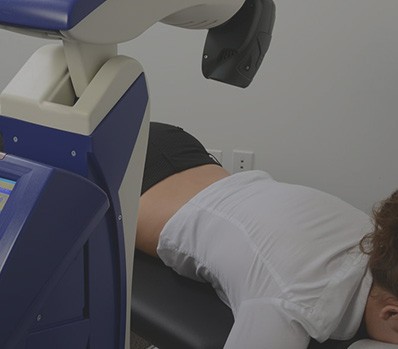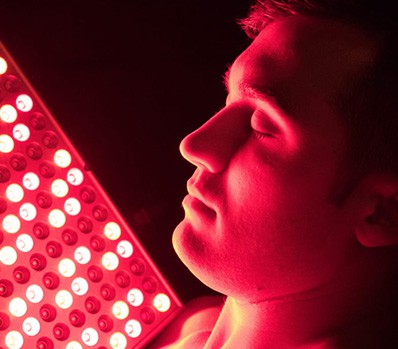Bursae are small fluid-filled sacs that cushion bones, tendons and muscles near joints. Although the average person doesn’t know or think much about bursae, there are more than 140 located throughout your body, wedged between bone and soft tissue. Like cartilage, they provide protection and lubrication for joints, preventing painful bone-on-bone contact.
Symptoms and Causes
Bursitis is the term for an inflammation of a bursa. Joints that perform repetitive motions are most at risk of developing bursitis, especially the shoulder, hip, elbow, knee and heel. In addition to pain, symptoms include swelling, redness and a narrowing of normal range of joint movement. Depending on location of the inflamed bursa, patients can experience difficulty bending an arm or leg, or feel pain when walking or putting pressure on a hip.
Causes of bursitis range from vigorous physical activity to the normal wear and tear that accompanies aging. Sports that involve recurring patterns of motion are a particular risk, as is any activity that strains the joints, such as repetitive motion, poor posture or improper sitting positions. Examples include pitching a baseball or serving a tennis ball, leaning on elbows, or repeatedly bending the knee or kneeling.
Other causes include sudden injury, rheumatoid arthritis, gout and infection. Septic bursitis is a condition in which inflammation of the bursa is caused by infection from a nearby wound, skin infection such as cellulitis, or blood or joint infections that begin elsewhere in the body. Diabetes and gout boost your risk of developing bursitis, and excess weight increases your likelihood of experiencing bursitis in a hip or knee.
Evaluation and Treatment
Dr. Nitz is often able to identify bursitis with a physical exam. X-rays, ultrasound, blood tests and needle aspiration are additional diagnostic tools. Resolving the symptoms of bursitis centers on identifying and treating the root cause. Treatment begins with non-surgical options such as nonsteroidal anti-inflammatories, rest and immobilization, ice, steroids, antibiotics and sometimes laser treatment.
Without further trauma to the joint, symptoms of bursitis should disappear in a few weeks. It is not uncommon to experience periodic flare-ups in the future, however, especially if you neglect exercising the joint to build muscle strength and return to the repetitive activities that triggered the initial inflammation.
The home treatment described above is sometimes supplemented by physical therapy to restore range of motion and fortify muscles near the affected joint. Although bursitis is well-managed by conservative treatment, more invasive solutions may be advised, such as an open excision to drain or remove the bursa, especially when an infection is present.
If you would like to know more about bursitis, schedule a personal consultation with skilled Dayton, Ohio orthaepedic surgeon Dr. Paul A. Nitz by calling or emailing his office today.

